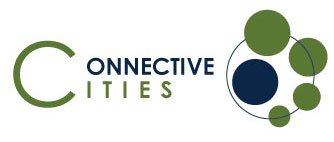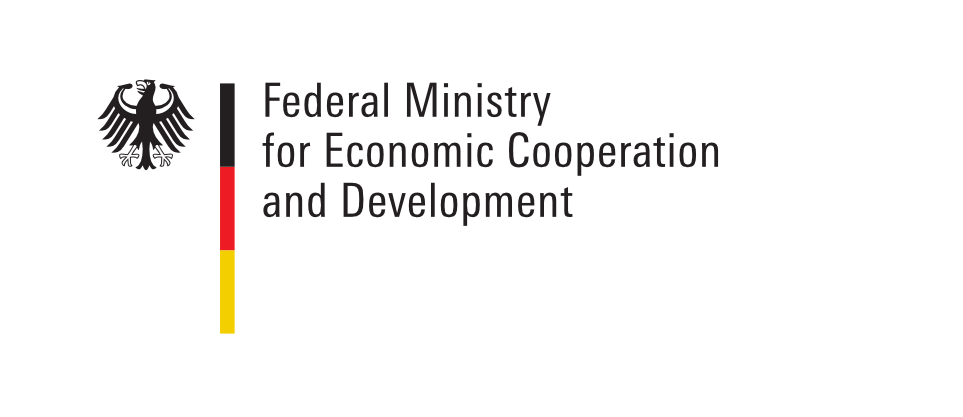- DE |
- EN
Avoiding vacancy by opening buildings to interim use

During the process of redefining a building’s purpose and outlining the procedure and financing of the venture, constructions might fall vacant. A vacant building is wasted potential in many ways, for both the community and the cities’ urban development.
Moreover, an unused building often leads to an increase in visual and atmospheric pollution due to the accumulation of waste, water infiltration and possible growth of mold or toxic materials. Besides these ecological consequences, vandalism may increase as well as insecurity in the surroundings. Hence, the revitalisation of vacant buildings can come costly to municipalities and possible investors.
How can vacancy be avoided? Opening public buildings to interim use was one of the topics that participants of the learning process “2nd Hands on Public Buildings” wanted to focus on during the one-year-long learning process on reusing public buildings from the 1960s and 1970s. Therefore, experts from Germany, Kenya, Palestine and Montenegro came together virtually on March 12, 2025.
During the meeting, the German guests Oliver Hasemann, ZwischenZeitZentrale Bremen, and Moritz Tonn, Transiträume e.V., elaborated on the facilitation of interim use in Bremen and Berlin. With years of experience and quite some examples of moderating agreements between the buildings’ owners and users, the inputs allowed for a general understanding of the opportunities and challenges related to intermediate tenants. Given the vibrant cultural scene in Berlin, Transiträume e.V. has successfully allowed artist to transform vacant halls to impressive exhibition spaces, attracting large numbers of visitors. Among other, ZZZBremen showcased its “Wurst Case” (translates into “Sausage Case”), in which a sausage factory was reused involving the public in an extended participation process. The factory was then rented in a small scale to local entrepreneurs, artists, and for social initiatives and artisans testing of various kinds of use (offices, workshops, studios).
Giving the buildings a temporary use helps their protection, reduce the operational and maintenance costs for public vacancy and can support the cultural and creative industry. Through the participation of neighbourhoods, the interim use of vacant buildings also helps revitalizing disadvantaged areas. The main challenges consisted in setting a frame for interested users, which means to create the basic infrastructure and the legal framework for working in the abandoned buildings as well as finding sponsorships and raising awareness for the new project.
Based on these inputs, the group of experts discussed their project examples and ideas regarding a possible temporary use. Twenty floors of the former Hilton Hotel in Nairobi are currently vacant and the participants were interested in how interim use might lead to the attraction of possible investors. Although in one case an investor who had visited an exhibition in Berlin had finally bought the complex, the guests stated that this was not the main objective of interim utilisation. Financing was also a concern of a participants from Montenegro and Regensburg.
The consense was that those who profit most from the interim use should also be hold financially responsible. In most cases, tenants only pay a symbolic rent, but their conservation of the building presents an economic advantage for the owner. Cases are very individual. In Regensburg, the activation of central heating in the concerned building would have caused high costs. While the guest suggested house in house solutions, Regensburg had yet found creative forms of interim use and offered the fireguard and police to use the building for training purposes. Asked from Hebron, questions concerned the public participation process and best practices. The ongoing Connective Cities learning process will offer another follow-up activity on the involvement of the public, soon.
„Think about your interim project from the end. How is it guaranteed that the project ends in everybody’s consent?” Oliver Hasemann, ZweischenZeitZentrale Bremen


